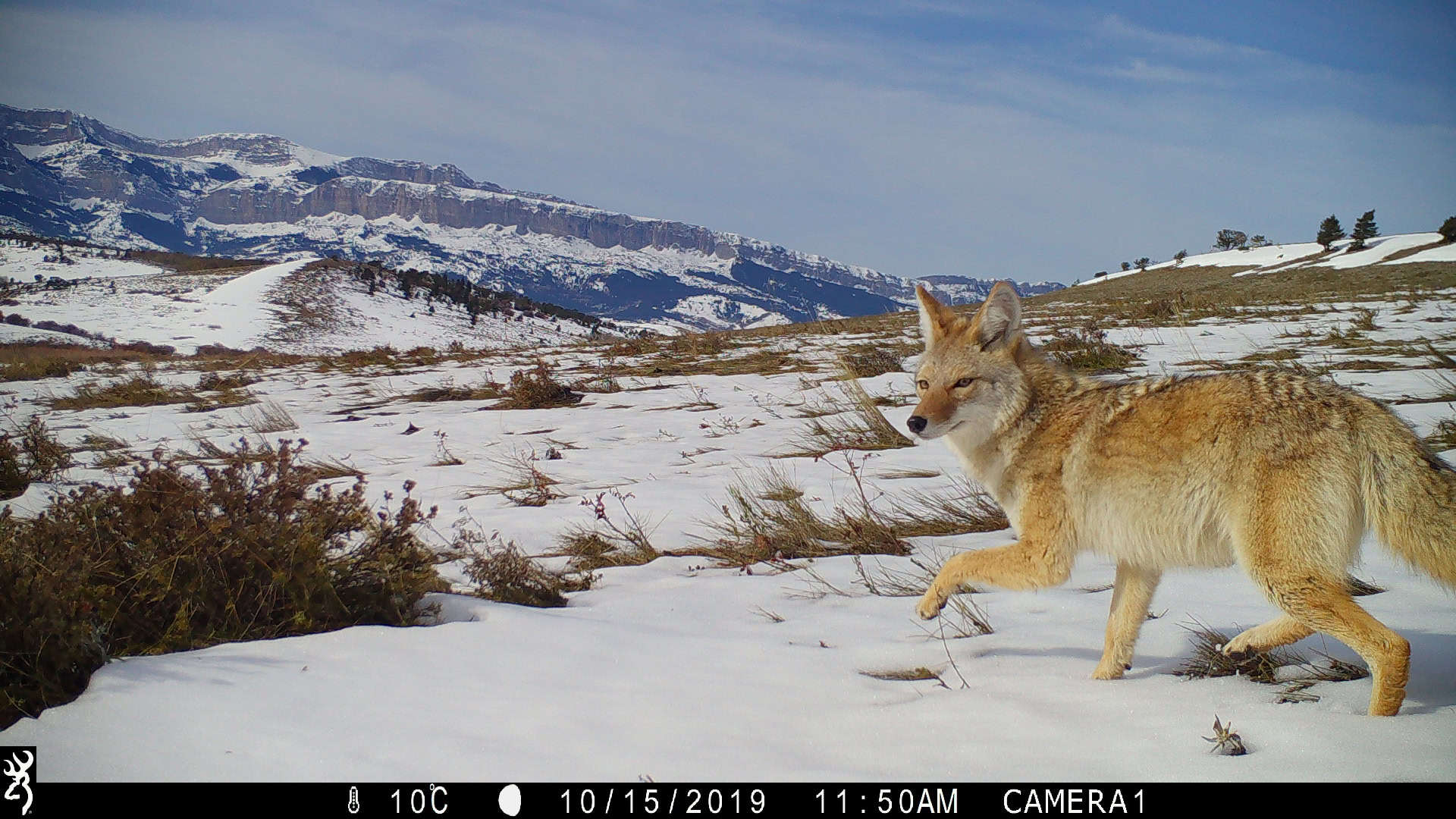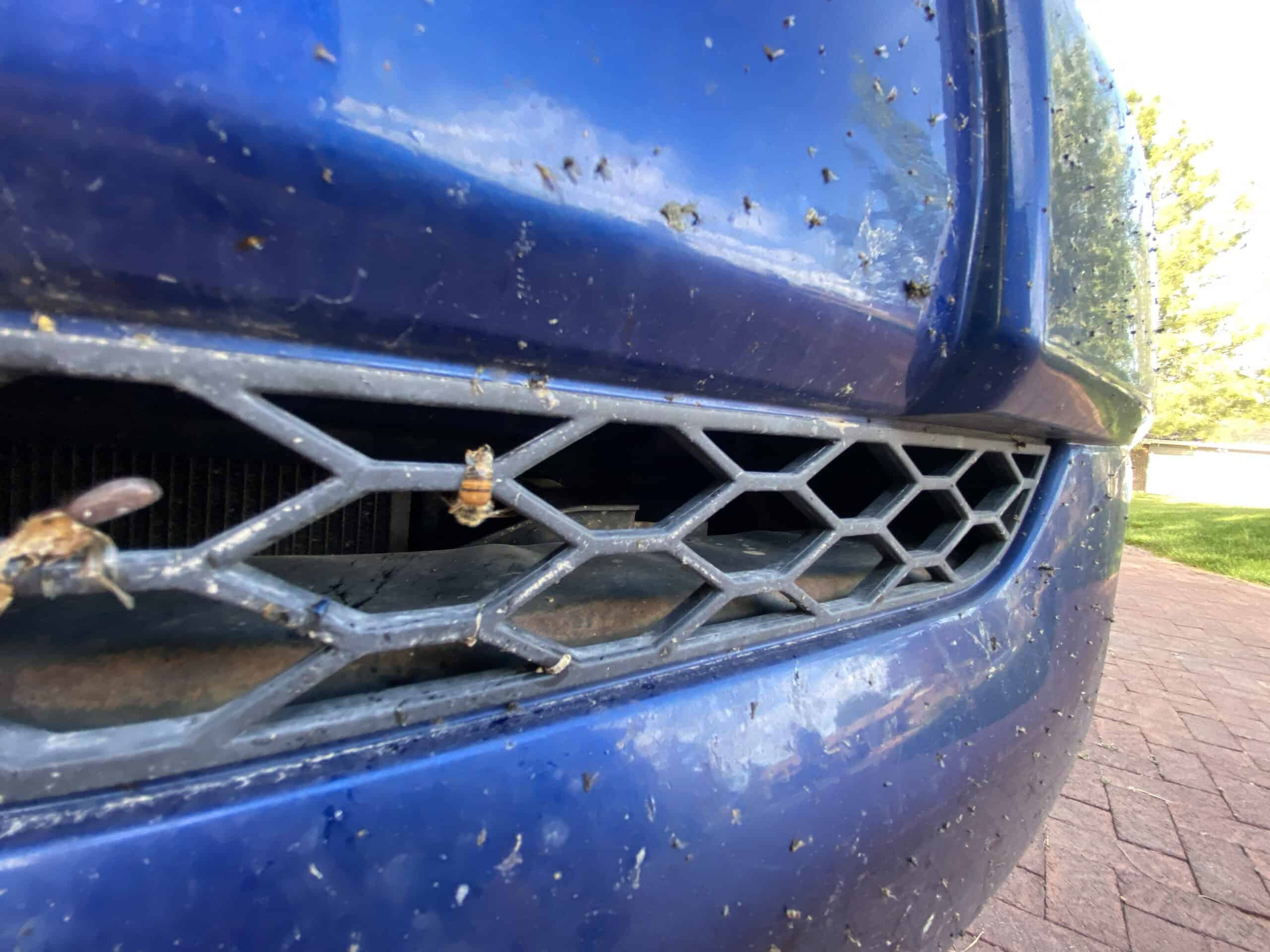Share this article
TWS comments on proposed habitat definition
The proposed definitions of habitat recently offered by the U.S. Fish and Wildlife Service and National Marine Fisheries Service are “too narrow and lacking appropriate consideration of the diverse ecological and broader legal considerations that must be examined when defining habitat,” according to a comment letter that The Wildlife Society submitted to the agencies last week.
The Wildlife Society encouraged the agencies to develop a new definition that is broad enough to meet their regulatory needs, builds on peer-reviewed definitions of the term, and recognizes that habitat is a species-specific concept, among other concerns.
Earlier this summer, the agencies released the first-ever proposed definition of “habitat” under the Endangered Species Act. Neither the ESA nor its implementing regulations include a definition for the term, though it plays a key role in the conservation of threatened and endangered species. The proposal suggested defining “habitat” as “the physical places that individuals of a species depend upon to carry out one or more life processes. Habitat includes areas with existing attributes that have the capacity to support individuals of the species.”
“The Wildlife Society appreciates the opportunity to provide feedback on the proposed definition of this important term,” said Caroline Murphy, AWB®, director of government relations for The Wildlife Society. “We encourage the agency to further refine the proposal to focus on populations rather than individuals or species, and to address climatic changes and allow species to respond to emerging threats.”
The Wildlife Society was encouraged that the proposal recognized “that the definition of habitat for a species must encompass the entire life cycle for a species” and its comments emphasized that the “ecological attributes that are necessary for a species’ survival may change throughout the species’ life cycle, and different attributes and conditions are necessary to meet the needs for the species’ life processes (e.g., breeding, brood rearing, foraging, dispersal).” The Society stressed that the definition “should enable the Service to identify all of these ‘life-cycle habitat’ variations for each species to ensure its entire life-cycle needs are met.”
However, The Wildlife Society raised concerns that the proposed definitions are unnecessarily narrow and do not adequately account for the fact the habitat loss is often a driving factor of a species becoming threatened or endangered.
The letter also cautions against dismissing unoccupied habitat. “Unoccupied habitat or potential habitat may play an important role in facilitating recruitment, immigration and emigration. In cases where habitat degradation is a root cause of listing, some amount of unoccupied habitat may be necessary to support conservation to provide for expansion of the listed species,” says the letter.
The Society outlined several considerations that it says must be accounted for in a final definition and proposed four possible definitions for the agencies to consider.
A symposium at The Wildlife Society and American Fisheries Society 2019 Joint Annual Conference in Reno, Nevada examined the concept and use of the term “habitat” in scientific literature, exploring both the challenges and opportunities it presents to wildlifers.
Read TWS’ Standing Position on Threatened and Endangered Species in the U.S.
Header Image: The Wildlife Society is concerned about a new regulatory definition of habitat recently proposed by the U.S. Fish and Wildlife Service. Credit: BLM Oregon & Washington








